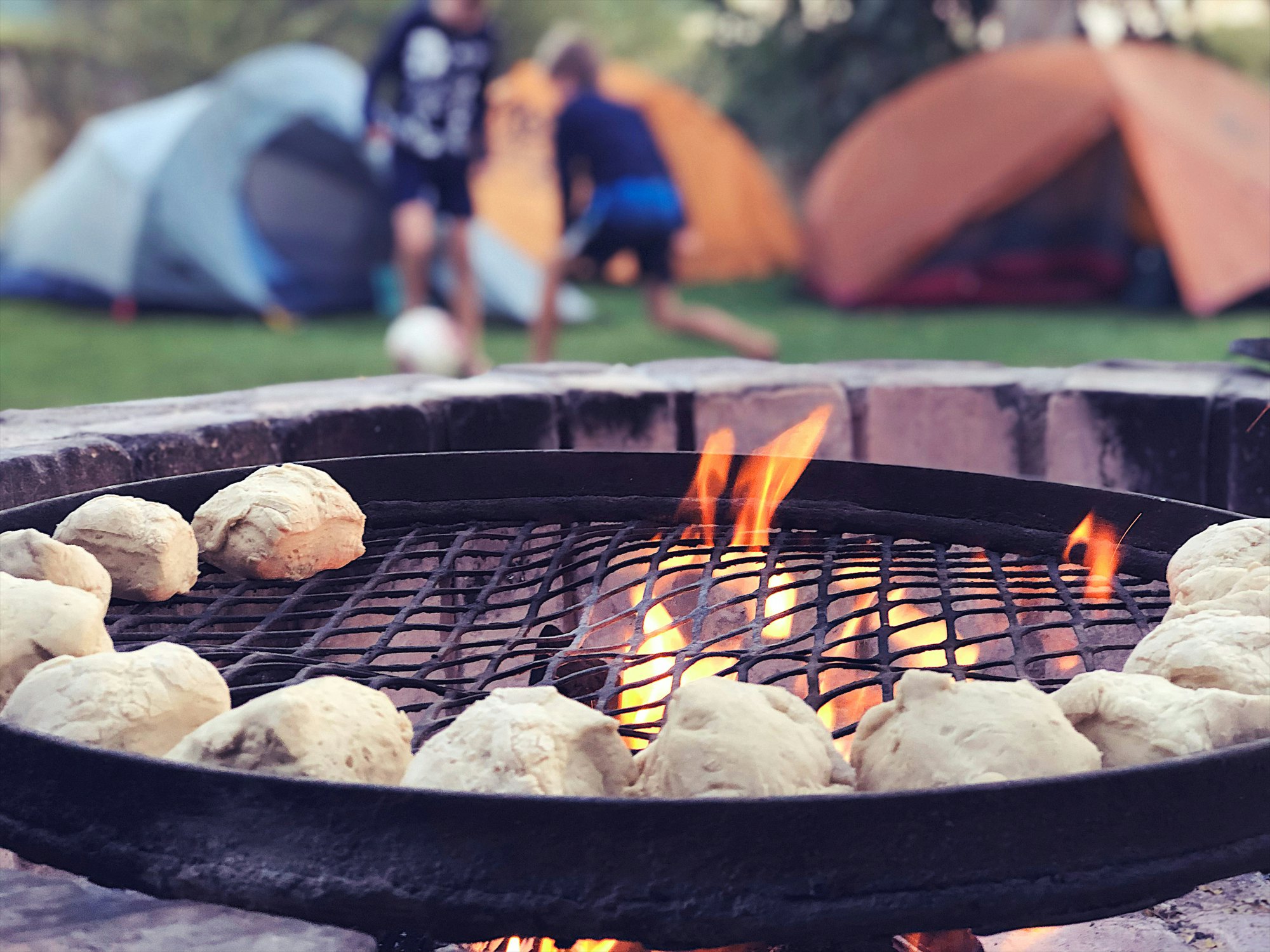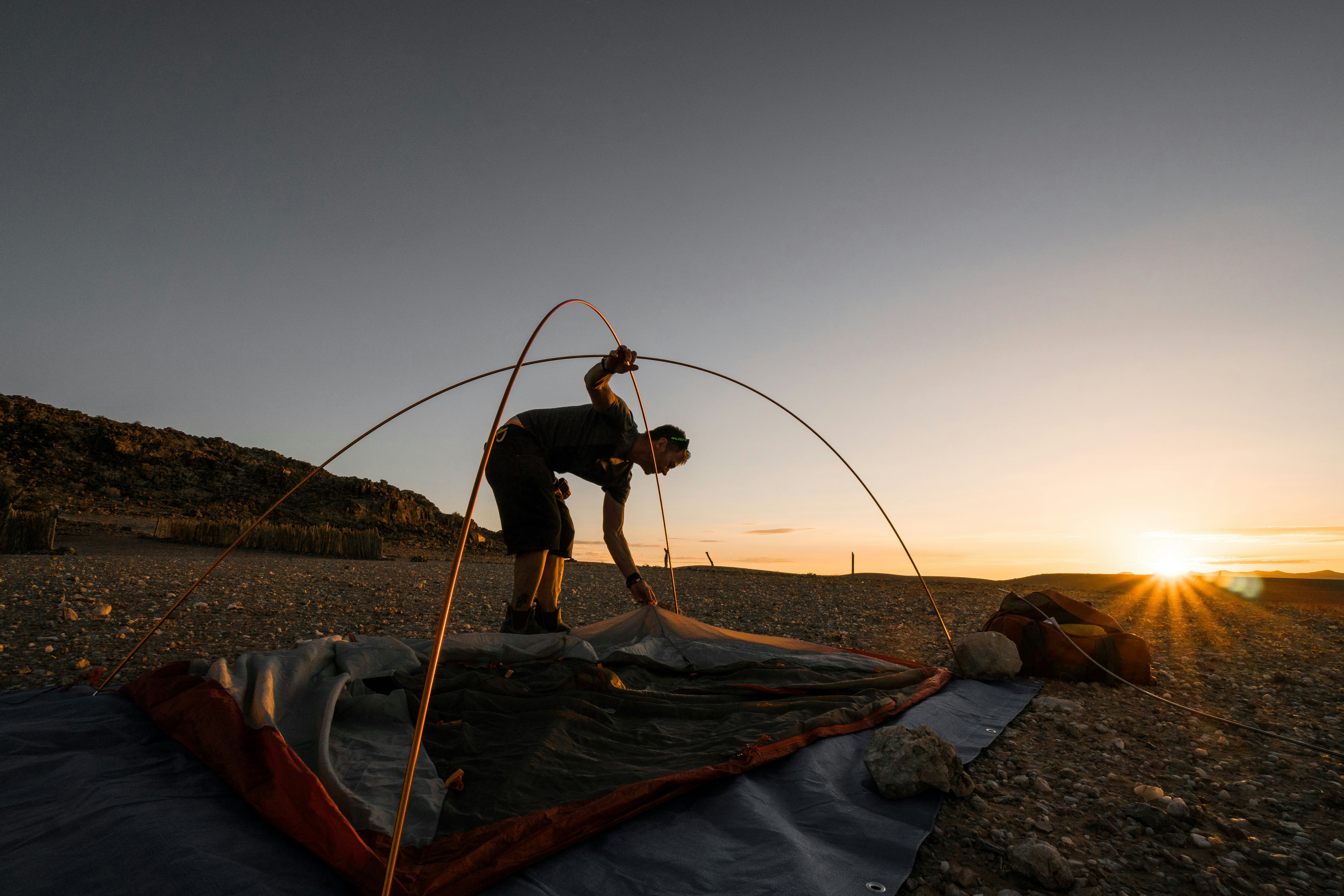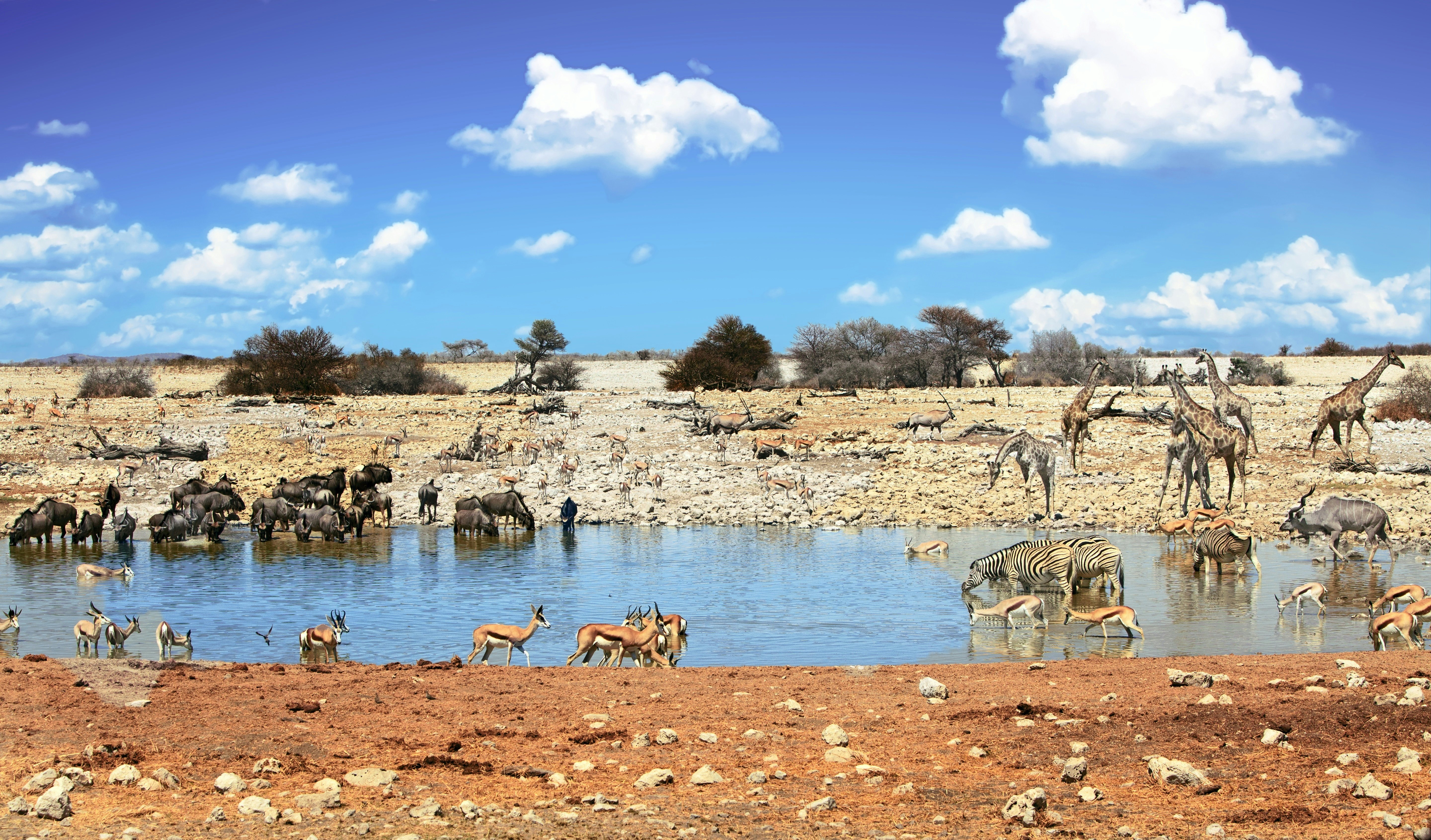
The 30 best countries, cities and regions to visit in 2025



With this guide to daily costs, it is possible to tour Namibia on a budget © Anastasiia Shavshyna / Getty Images
Namibia has magnificent desert vistas, soaring dunes, a long, wild coastline and excellent tourism infrastructure.
Its good road network and multitude of well-outfitted camping sites make it ideal for independent travelers. However, distances are long, lodges are expensive and costs can quickly mount up. The biggest areas to save are transport and accommodation. Here are our top tips for creating an affordable Namibian adventure, along with a guide to daily costs.
Dorm bed in a backpacker’s hostel: from US$20
Basic room for two: from US$50
Managed campsite: US$150 per person
Self-catering apartment (including Airbnb): from US$65
Coffee: from US$1.50
Lunch: from US$10
Dinner for two: from US$30
Beer at the bar: US$2
Small packet of biltong: US$2
4WD rental vehicle including rooftop tent: from US$100 per day
Average daily cost: US$110–350

Only a handful of airlines fly into Namibia. While good deals are sometimes available from Europe (Frankfurt, Germany is the Namibia hub), it often works out cheaper to fly into Johannesburg or Cape Town and then continue by bus or plane into Namibia. Intercape has a direct bus between Cape Town and Windhoek, and connecting service between Windhoek and Johannesburg, with prices starting about US$65 one way.
If you’re planning a regional itinerary, there are also buses between Johannesburg and Gaborone (Botswana), where a shuttle goes a few times weekly to Windhoek. Flying into Windhoek from either Cape Town or Johannesburg takes only two hours. If you book early enough, you can get tickets from US$150 one-way.
December through March marks the wet season in Namibia. Once the Christmas–New Year holidays are over, the crowds disappear and many accommodation and tour prices are reduced. Rates for lodge accommodation, in particular, can drop by up to 40% in comparison with in-season prices.
While the wetter months are not ideal for viewing large herds of wildlife, they are an excellent time for birding and seeing newborn animals. Green, wildflower-clad landscapes are another highlight, and you'll have many areas mostly to yourself. Summer rains are typically isolated and brief, mainly occurring in the form of heavy afternoon thunderstorms. By timing your excursions in the morning, you’ll still be able to get around and can relax and enjoy the welcome rain. The main exception to this is in the far north, where rains are heavier and some areas can become inaccessible.

If you’re traveling in a group, self-drive is a safe and economical alternative to a fully guided experience, and Namibia’s good road network makes it easy. A week-long scheduled group tour starts at around US$1,500 per person, while a 4-person 4WD vehicle outfitted for camping will cost from about US$650 for this same period plus the cost of fuel. Fuel costs are currently about US$1 per liter; plan on about US$50 per day or more, depending on your itinerary.
Namibia is easy to navigate and clearly signposted. Though only about 25% of the roadways are tar, the gravel roads are well-kept and generally more scenic – some are spectacular. Flat tires are the most common driver issue, so your vehicle will come with two spares. You'll want to make sure you know how to change one before your trip, and seriously consider the tire and windscreen insurance offered by rental companies.
Born out of the COVID-19 pandemic and the global shortage of rental cars, the Gondwana Collection launched a shuttle service called Go2 Traveller Transfers. It stops at nine different areas of interest: the Kalahari, Fish River Canyon, Sossusvlei, Swakopmund, Etosha and Damaraland. At each designated stop, lodges will arrange for pick-ups and returns. At about US$45 per leg, the service offers travelers a reliable, affordable, safe, and more environmentally friendly alternative to self-driving.
The drawback is that you'll need to stay in lodges and tented camps and pay for their excursions. But with the rising cost of fuel and high demand for rental cars, this option may work out to be more affordable for solo travelers.

It’s also possible to join a scheduled guided camping program, such as those offered by Chameleon Safaris. Durations vary from three to 15 days and start at around US$500 per person. They typically include everything apart from drinks and water.
This is also a great option for solo travelers and those interested in meeting others and sharing experiences. Because the logistics are taken care of and food and fuel are included, you won’t be hit with surprise costs.
Namibia has an abundance of organized campsites throughout the country, which are clean and affordable with good amenities. Not only will you save a ton on lodging, but it's also an excellent opportunity to meet like-minded people, exchange stories and travel tips and really get a feel for the country’s wild, empty spaces and clear night skies.
The average site costs US$30 (or US$10 per person) and has shared bathrooms, hot showers and fire pits with grills at each spot. Some camps even have shops selling food, water and other basic provisions.
Budget lodges are plentiful in Namibia. They're located all across the country and are clean, some with refreshing pools, starting at just US$25 per night for a room with a shared bathroom. Self-catering apartments and homes average from US$65 per night for the entire place. These types of accommodations are ideal for spending a night or two between campsites. A nice hot shower and some air conditioning can help you reset and get ready for the next leg of your adventure.

Namibia's national parks are exceptionally diverse: expansive sand dunes, vast deserts, plunging canyons, ancient salt pans and dramatic coastlines. While the country currently doesn’t offer a national park pass, entry fees are nominal. The government has added a small conservation fee to each park, bringing the total to about US$7 per person per day at most parks. Children aged eight and below enter parks for free.
Namibia's roads offer few opportunities to stop for a bite until you reach your destination, so it’s essential to shop for necessities like snacks and water before you head out. Some self-drive vehicles are equipped with a small refrigerator, allowing you to stock up and save on more than just the basics.
If you're camping or staying in an apartment, you'll have everything you need to prepare your own meal upon arrival instead of going to a restaurant in town, saving time and money. Braai (barbecue) facilities are everywhere, and sitting under the stars with dinner grilling nearby is a fabulous Namibian experience.
Children’s (generally 12 and under) and pensioners’ discounts (for those 60 years of age and older) are available almost everywhere in Namibia for accommodation and entry fees, so always ask if these categories apply to you. Some places also offer student discounts.